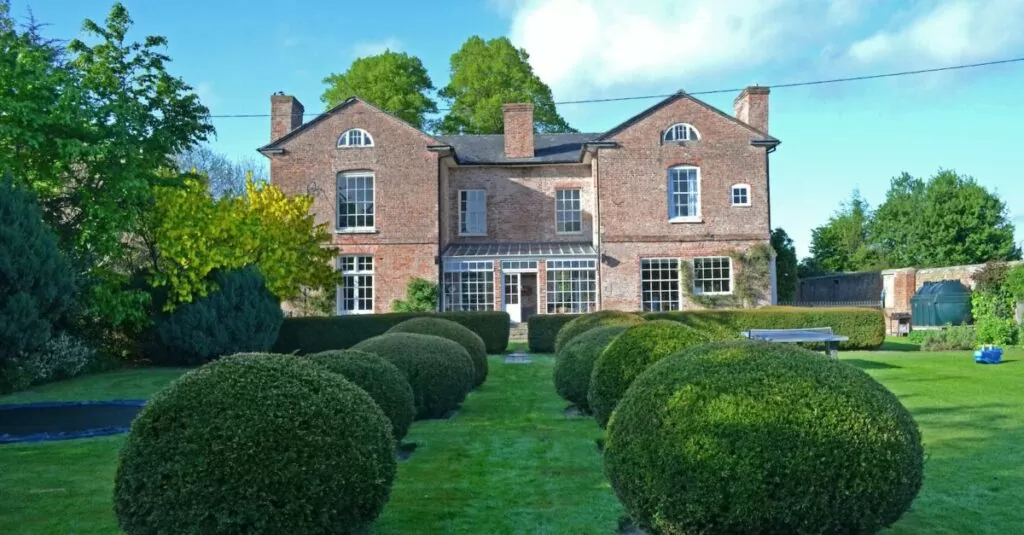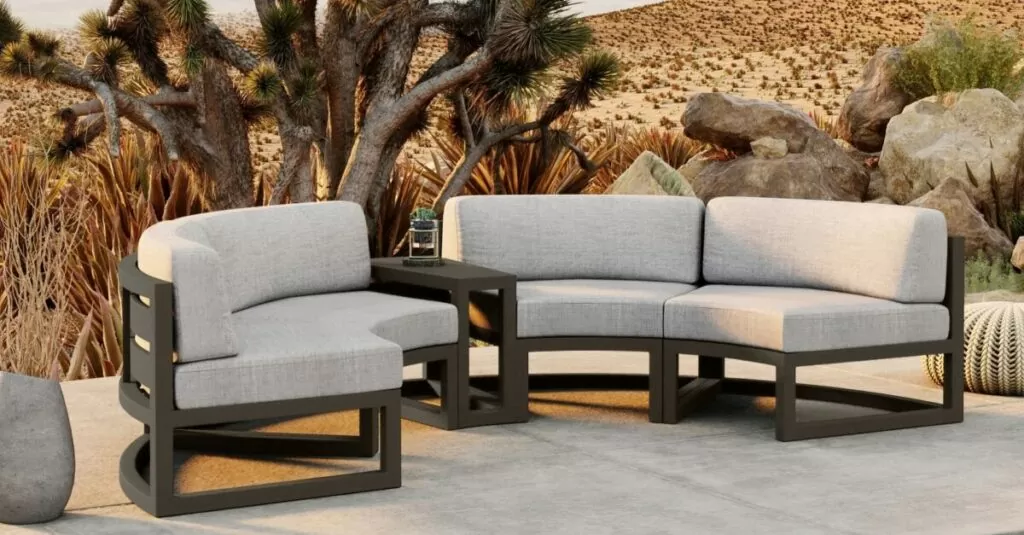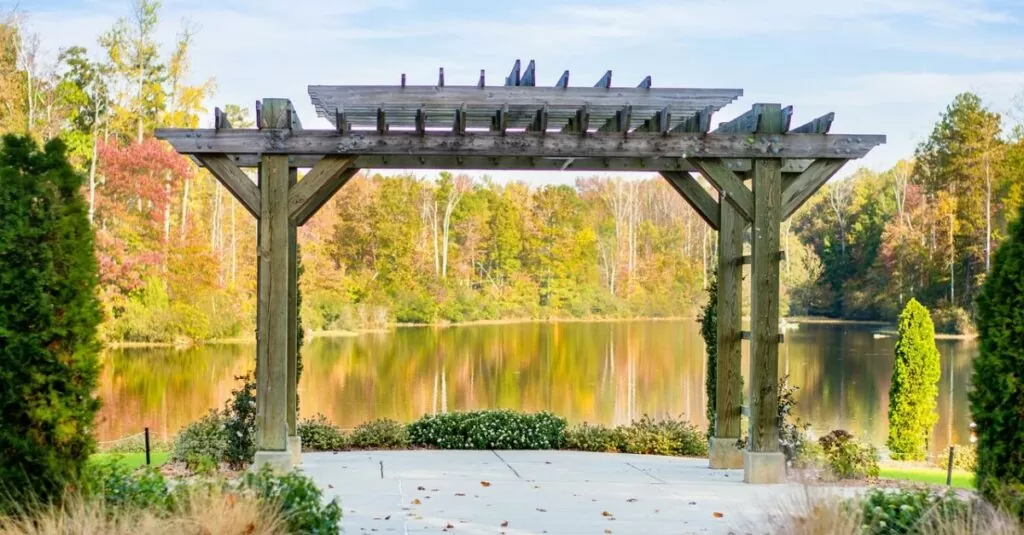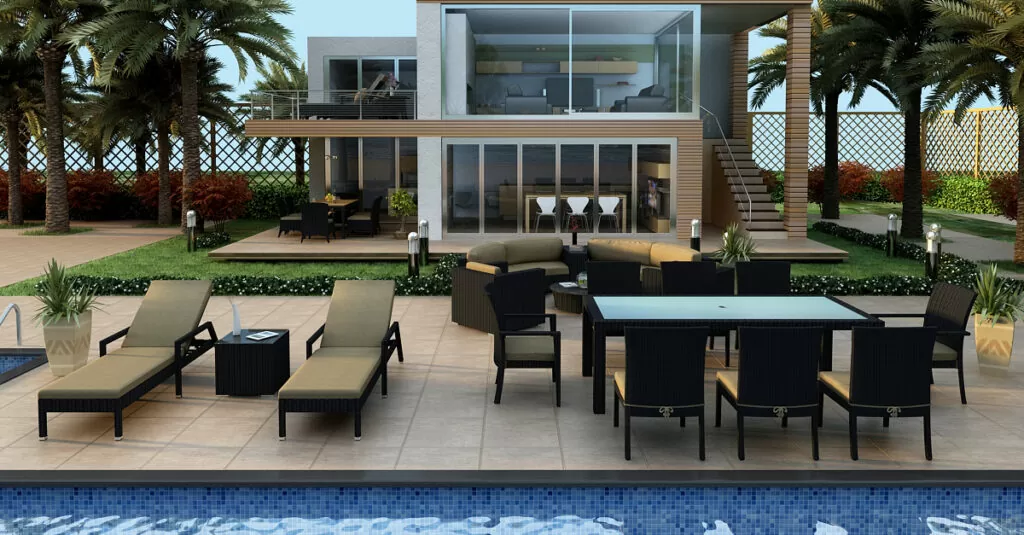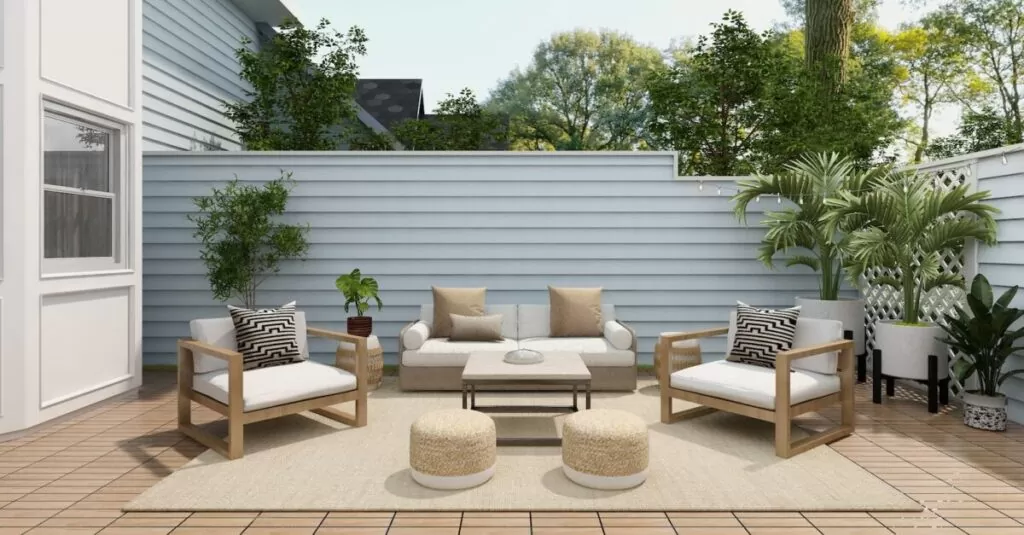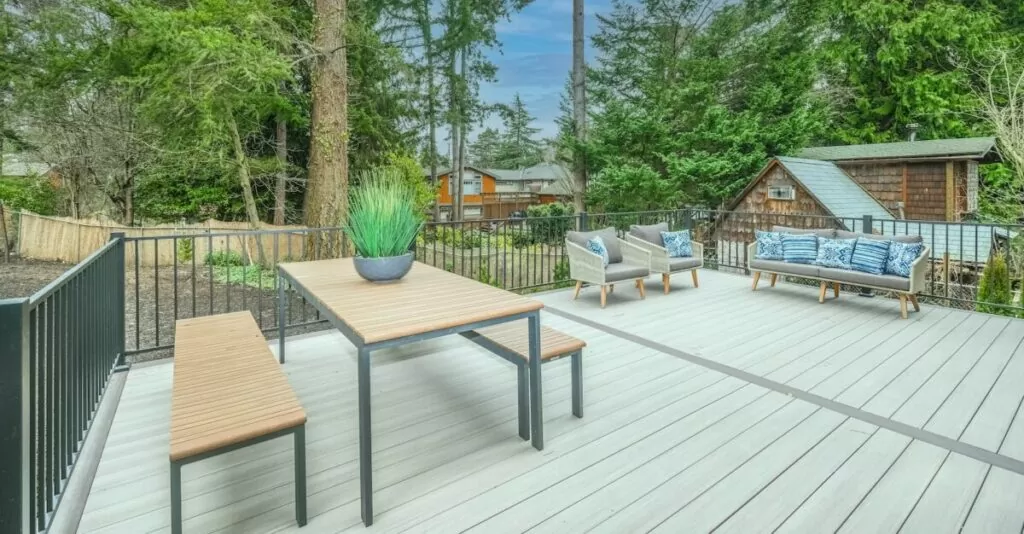Do you want to improve the aesthetic of your house by creating a beautiful garden? If so, you’re in the right place!
From space planning and choosing the right type of plants to adding focal points and planting in masses, there’s a myriad of details you’ll need to go through to achieve your goal. However, we’re here to help!
We’ve made a list of ten landscaping rules to help you create the ultimate backyard garden. So if you don’t know where to start just yet, keep on reading!
10 Landscaping Rules for a Stunning Backyard Garden
Here’s a list of the rules you need to follow if you want to create an eye-pleasing backyard garden.
1. Choose the Right Plants
One of the most famous misconceptions about landscaping is that you can plant whatever flowers you want in your garden, but that’s not the case. For your flowers to thrive, you need to consider a few factors while choosing them.
- Climate: Plants that grow in suitable climates grow easier and more beautifully than others. That’s why you should look for native plants that already grow in your area or ones that can grow in your climate without the need for a greenhouse.
- Edible fruits: If you appreciate aesthetics but also want to benefit from growing plants in your garden, you should look for plants that grow edible fruits. However, if you don’t want to bother with picking fruits every once in a while, go for solely decorative plants.
- Hanging plants: If you don’t have enough space on the ground to plant all of your flowers, you can grow hangable plants that can thrive in baskets or containers. Taking care of them will be easier, and they’ll save you much-needed space in the soil.
- Blooming time: You don’t want to fill your garden with plants that bloom during the winter because then, during the summer, it won’t look as beautiful as it should. Instead, you should pick plants that bloom all year round, like shrubs or roses.
- Different heights: If your garden is all tall plants, it might look a bit chaotic. And if it’s all short plants, it won’t look rich enough. Ideally, you should mix tall and short plants in your gardening space.
- Growing requirements: If your garden doesn’t get enough sunlight throughout the day, then it won’t be wise to get flowers that only thrive in light. Before shopping for plants, you need to consider their growing requirements and whether you can provide them.
2. Follow the Rule of Significant Enclosure
For your garden to provide a homey and cozy feeling, it needs to have a suitable enclosure, be it a fence, wall of plants, etc. But there’s a rule of significant enclosure that, when followed, has been proven to provide humans with a sense of more safety.
The rule is that “the vertical edge of a space should be at least one-third the length of the horizontal space.”
In other words, if your garden is 12 meters wide horizontally, then your fence should be at least 4 meters long. Following this rule will help establish the limits of openness around your garden and make it feel safer and more comfortable.
3. Add a Focal Point
A simple garden design rule that makes a lot of difference is adding a focal point to your backyard. Focal points make places easier on the eye because they help the spectator rest their focus on one visual aspect instead of moving their eyes constantly around the area.
More than that, they help the person visiting your garden see it in the proper order. Instead of looking right into the depth of the garden and not being able to grasp its big-picture beauty, they’ll see your focal points one by one in the order that you want them to.
Focal points can be anything from a uniquely colored plant or a garden sculpture to a bench or fountain.
4. Plant in Drifts
We know it can be appealing to grow one of each type of plant all around your garden and enjoy an explosion of diverse looks and colors, but it isn’t recommended for many reasons. Your garden won’t look as organized as you want, and your eyes won’t feel comfortable constantly diverting over the different plants.
Instead, you should plant in drifts or masses. It’s a common landscaping rule that makes all the difference, as it helps your garden look more united and connected. As a rule of thumb, you should grow plants in groups of three, five, or seven.
5. Don’t Let Your Fence Show Wholly
Fences are often the first feature you notice in any garden, but here’s an issue; they’re far from being the prettiest. That’s why from the many rules of garden design, never letting your fence entirely show is one of the most important.
To make the fence less noticeable, all you have to do is grow plants along its line. Short plants can boost the aesthetics of the area, but they may not be enough to divert attention away from the fence. As recommended by many garden designers, you should throw in a few tall plants.
When only small pieces of your fence are visible, your garden will look prettier overall.
6. Add a Mysterious Aspect to Your Garden
As per garden design rules, you want to avoid your garden being fully visible to the crowd. Instead, you want to add a mysterious aspect to it, be it a path surrounded by plants that leads to a hidden seating area, an archway, or an architectural feature.
Adding a sense of mystery to your garden will intrigue visitors and encourage them to watch it with more observant eyes. It can also make your garden look bigger than it is and create a sense of privacy and safety.
7. Use the Regulating Line
Every garden has a geometrical aspect, be it a fence, the house standing on it, a swimming pool, a fountain, etc. To make your garden look more organized, you should use one of these aspects to imagine a regulating line.
First, you should draw a line in your head that goes along the length of the geometrical aspect you chose. Then, you should grow your plants and add decorations in alignment with it. However, there isn’t a rule that says how you should use the regulating line to your benefit, so it isn’t obligatory to align your plants with it.
Instead of using it to invoke order, you can use it to add a sense of chaos to your garden by breaking up the line with some brightly colored flowers.
8. Choose Your Hardscape Materials Wisely
When adding a path or a doorway to your garden, you should pay close attention while choosing hardscape materials. The materials you choose can transform the look of your garden and give you the vibes you need, or do the opposite.
For example, if you want your garden to give off messy, cottage-like vibes, you shouldn’t go with sleek, equally-sized elements. Instead, you should go for unleveled, stone-like materials to boost the natural look.
9. Add Texture to Your Garden
While plants are the main attraction of any garden, they shouldn’t be the only texture present. Instead, you should add other features like terracotta pots, decorative stones, colorful foliage, or wood trunks.
The variety of textures will make your garden look bigger and more diverse. Not only that, but it’ll also keep it looking organized and appealing while your flowers aren’t in their blooming seasons.
10. Take Care of Your Plants
All the decorative features you add and the architectural rules you follow won’t matter if your flowers look yellow and dull. That’s why taking proper care of your growing plants is among the most crucial landscaping rules for gardens.
When you buy seeds to grow in your garden, you should ask about the amount of sunlight, water, and soil they require to thrive. You should also know whether they need pruning to stay healthy.

Todd is a co-owner of Patio Productions and has worked extensively in the furniture industry since 2002, when he started a company that designed and manufactured bathroom vanities. He now has a hand in all online business operations, including keeping tabs on industry trends and making sure Patio Productions remains an innovative leader in the outdoor furniture space. He lives just outside of Denver, Colorado with his wife, two boys, and two dogs. They live on a lake where they can make the most of the outdoor lifestyle. His favorite patio furniture sets are his Harmonia Living sectionals.

